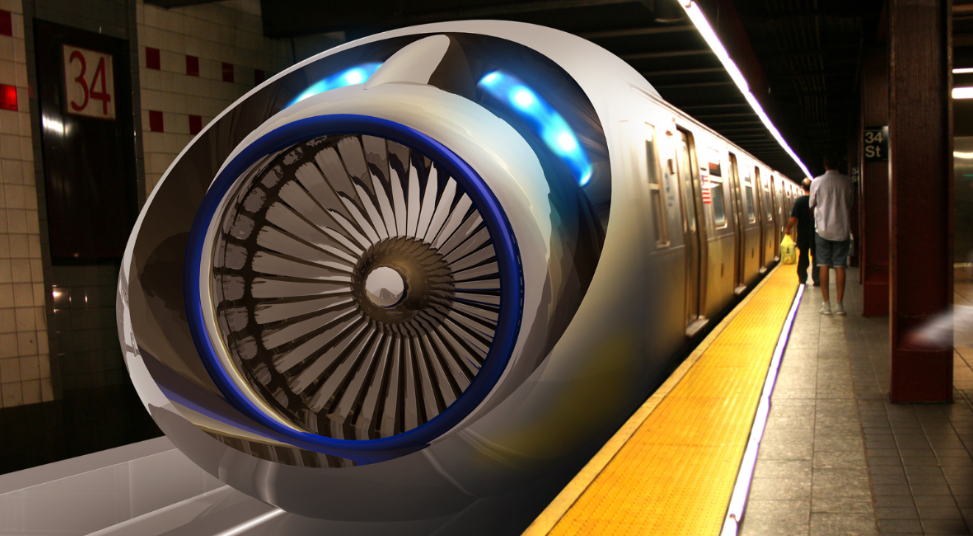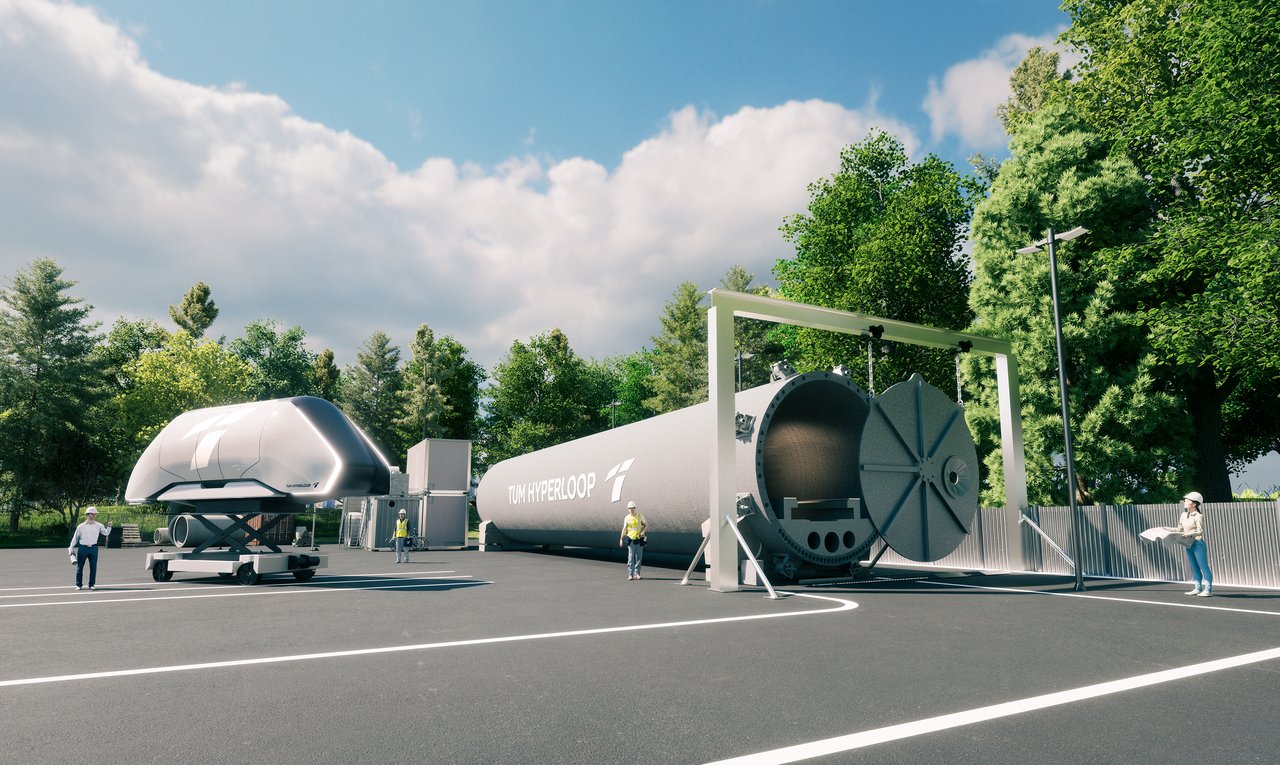The Hyperloop Revolution: Transforming Transportation
Introduction:
The Hyperloop
A revolutionary mode of transportation, has been captivating the imagination of engineers, innovators, and the general public alike. Proposed by Elon Musk in 2013, the Hyperloop concept envisions a high-speed transportation system that could propel passenger pods through low-pressure tubes at near-supersonic speeds. As this concept gains traction and moves closer to reality, it promises to transform the landscape of transportation, offering unprecedented speed, efficiency, and sustainability.

Background:
The Hyperloop relies on a combination of magnetic levitation and vacuum technology to eliminate air resistance, enabling pods to travel at incredibly high speeds. The concept addresses the limitations of traditional modes of transportation, such as planes, trains, and automobiles, by significantly reducing travel time between cities and minimizing environmental impact.
https://www.theverge.com/2023/12/21/24011448/hyperloop-one-shut-down-layoff-closing-elon-musk
Speed and Efficiency:
One of the most striking features of the Hyperloop is its potential for unparalleled speed. With the absence of air resistance in the low-pressure tubes, the Hyperloop could reach speeds of up to 700 miles per hour, cutting travel times between major cities to a fraction of what is currently possible. This increased speed not only enhances efficiency but also makes long-distance commuting a viable and time-effective option.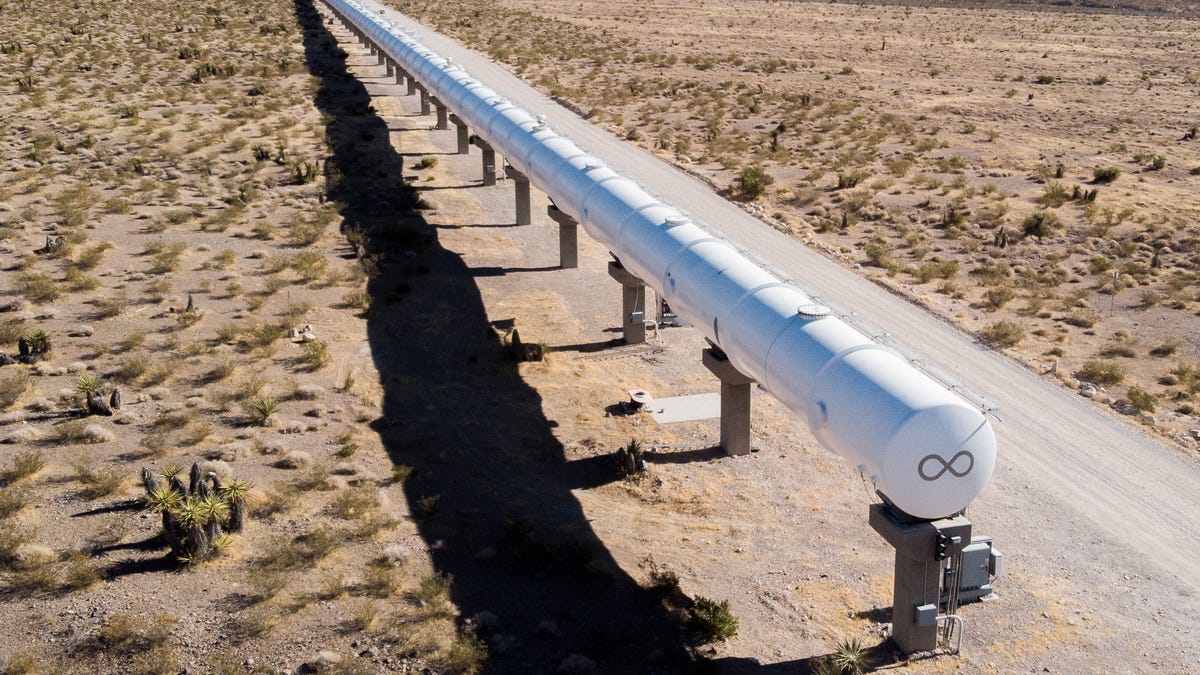
Sustainability and Energy Efficiency:
In addition to speed, the Hyperloop emphasizes sustainability. The system aims to be energy-efficient, with renewable energy sources powering the propulsion and levitation systems. By reducing the carbon footprint associated with transportation, the Hyperloop aligns with global efforts to combat climate change and create more environmentally friendly modes of travel.
https://www.zdnet.com/article/what-is-hyperloop-everything-you-need-to-know-about-the-future-of-transport/
Challenges and Considerations:
Despite its promises, the Hyperloop faces several challenges on its path to implementation. The construction of the required infrastructure, including the creation of the low-pressure tubes, poses logistical and financial challenges. Safety concerns, regulatory approvals, and public acceptance are also critical factors that must be addressed to ensure the successful deployment of this ambitious transportation system.
https://www.boringcompany.com/hyperloop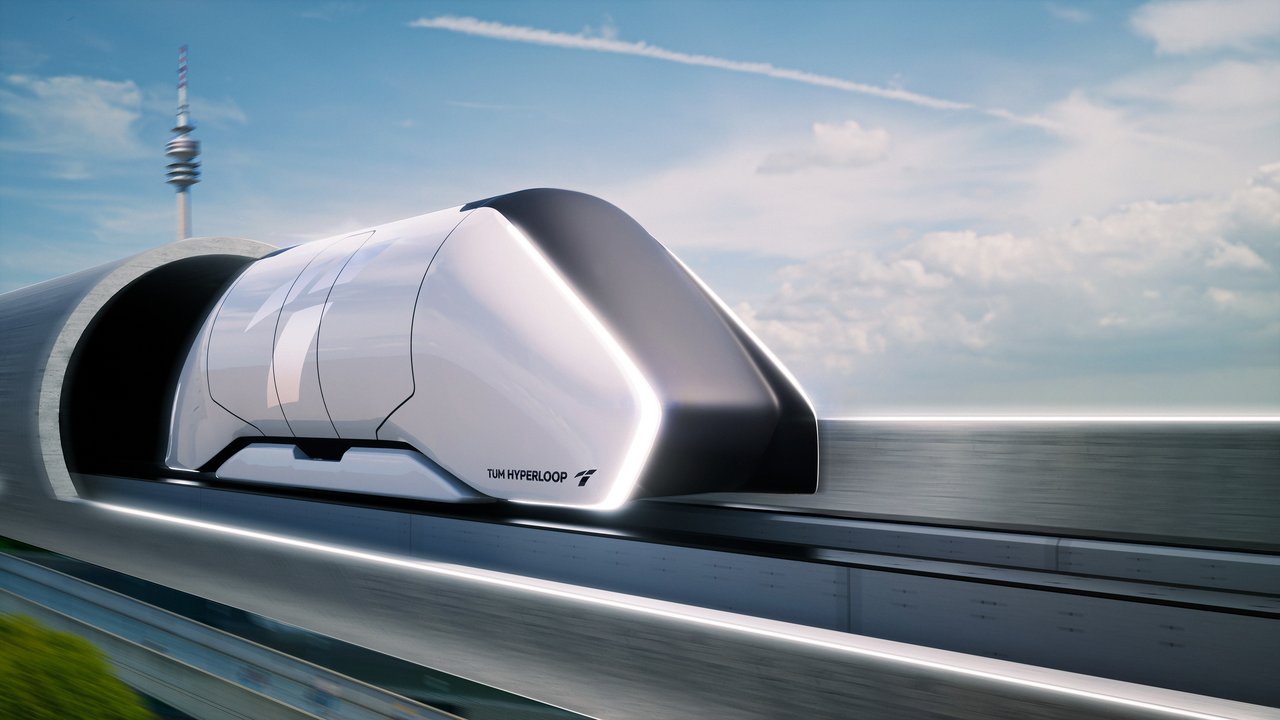
Future Implications:
If successfully implemented, the Hyperloop has the potential to revolutionize the way we perceive and experience travel. Shortening travel times between cities could lead to increased connectivity, economic growth, and cultural exchange. Moreover, the Hyperloop may inspire further innovations in transportation and infrastructure, setting the stage for a more interconnected and efficient future.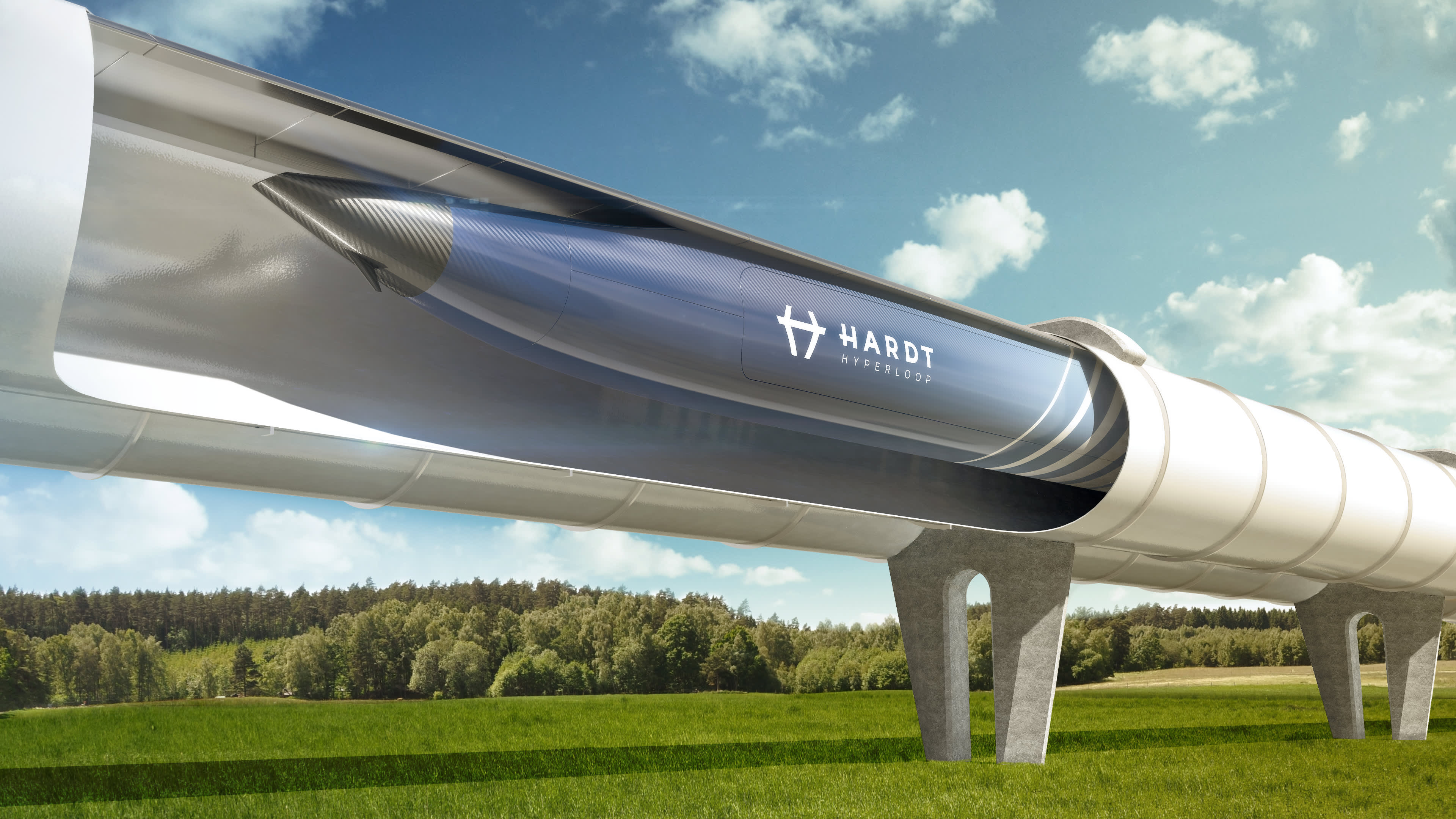
In the realm of futuristic transportation, Hyperloop technology has emerged as a promising solution to revolutionize the way we traverse long distances. Several visionary companies and projects are currently at the forefront of turning this high-speed, vacuum-sealed transport concept into a tangible reality. This article explores the ongoing developments in Hyperloop projects, shedding light on the progress and potential implications of these groundbreaking initiatives.
Virgin Hyperloop: Pioneering the Path Forward
One of the most prominent players in the Hyperloop arena is Virgin Hyperloop. Spearheaded by Sir Richard Branson, Virgin Hyperloop has made significant strides in developing the technology. The company conducted the first-ever passenger test in November 2020, achieving a major milestone in the journey towards commercial viability. Virgin Hyperloop's test routes showcase the system's capabilities and provide valuable insights for future implementations.
TransPod: Transformative Hyperloop Innovation
Based in Canada, TransPod is another key player making noteworthy advancements in Hyperloop technology. The company is working on developing ultra-high-speed transportation systems, with a focus on integrating sustainability into their design. TransPod's commitment to reducing the carbon footprint of transportation aligns with the global push for eco-friendly solutions.
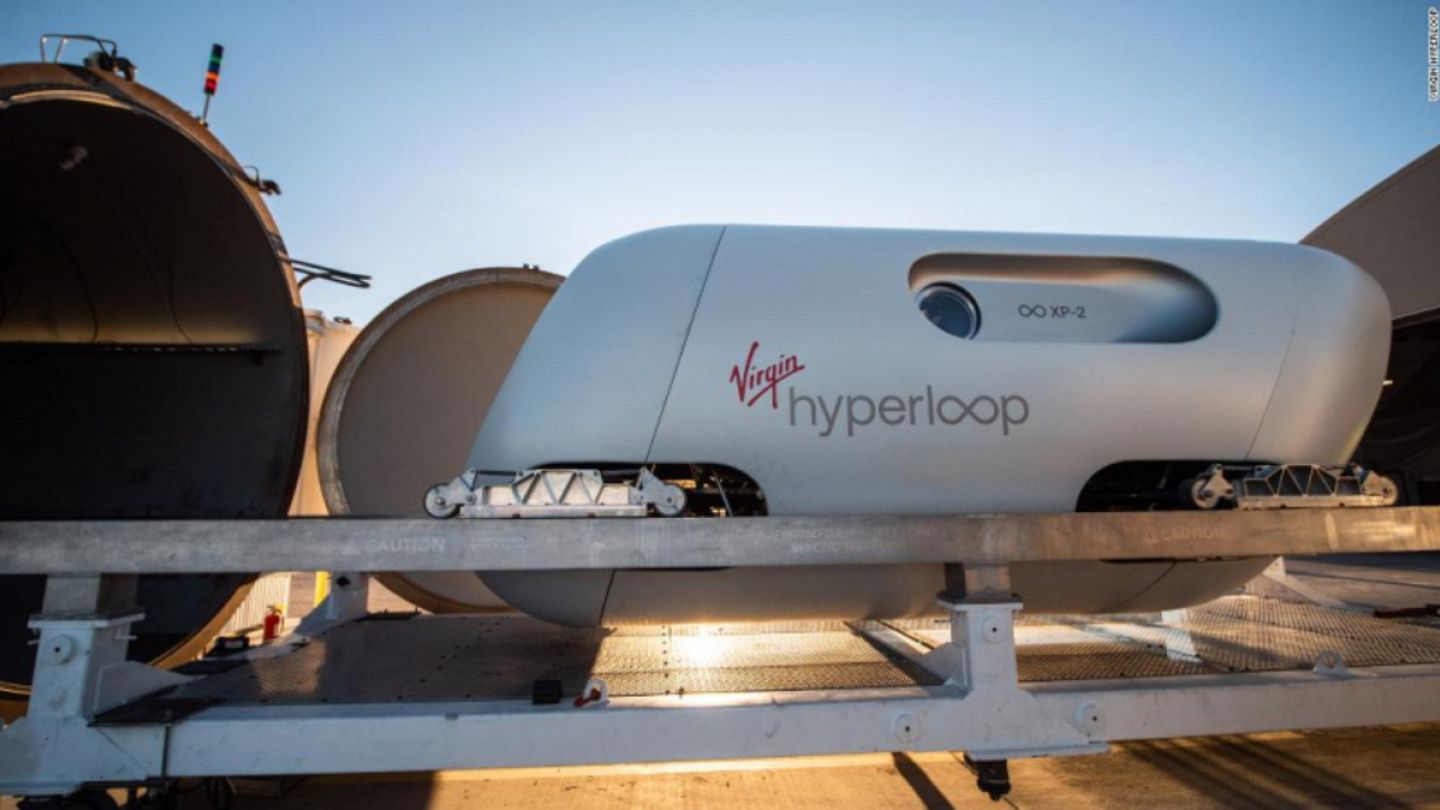
DP World Cargospeed: Hyperloop for Freight
While many Hyperloop projects focus on passenger transportation, DP World Cargospeed stands out by targeting the freight industry. Developed in collaboration with Virgin Hyperloop, this cargo-centric initiative envisions a rapid and efficient global cargo network. By enhancing freight transport speed and reliability, DP World Cargospeed aims to streamline supply chains and bolster international trade.
HyperloopTT: Collaborative Innovation
Hyperloop Transportation Technologies (HyperloopTT) adopts a unique approach by leveraging collaborative efforts from a global network of experts. Operating on a collaborative business model, HyperloopTT engages professionals from various fields worldwide. The company's emphasis on collaboration fosters innovation, enabling a diverse range of expertise to contribute to the development of Hyperloop technology.

Challenges and Future Outlook:
Despite the progress made by these pioneering projects, Hyperloop technology faces challenges on multiple fronts. Regulatory approvals, safety standards, and the high cost of infrastructure development remain significant hurdles. However, continued research, successful test runs, and growing interest from both public and private sectors suggest a promising future for Hyperloop technology.
Advancements in Hyperloop Technology:
Several key advancements are shaping the future of Hyperloop technology. Continued research and development efforts are focused on improving propulsion systems, minimizing air resistance, and enhancing safety features. Innovations in materials, such as lightweight and durable construction components, contribute to the overall efficiency and feasibility of Hyperloop systems.
Commercial Viability and Global Adoption:
The successful completion of passenger and cargo test runs by various Hyperloop projects, including Virgin Hyperloop and TransPod, signals a shift from theoretical discussions to tangible demonstrations of the technology's potential. The next phase involves proving the commercial viability of Hyperloop systems, attracting investments, and garnering public trust. As more countries express interest in adopting Hyperloop technology, global collaboration and standardization efforts become essential.
Sustainable Transportation and Environmental Impact:
One of the most significant appeals of the Hyperloop lies in its potential to be an environmentally friendly mode of transportation. With a focus on renewable energy sources to power propulsion systems and minimal carbon emissions, the Hyperloop aligns with global efforts to combat climate change. As concerns about sustainable transportation grow, the Hyperloop could become a pivotal player in reducing the environmental impact of long-distance travel.
Integration with Existing Transportation Networks:
The future of the Hyperloop envisions seamless integration with existing transportation networks. Hyperloop terminals, strategically located in major cities, could serve as hubs connecting passengers and cargo to regional and international destinations. This integration not only enhances connectivity but also addresses the "last mile" challenge by facilitating smooth transitions between different modes of transportation.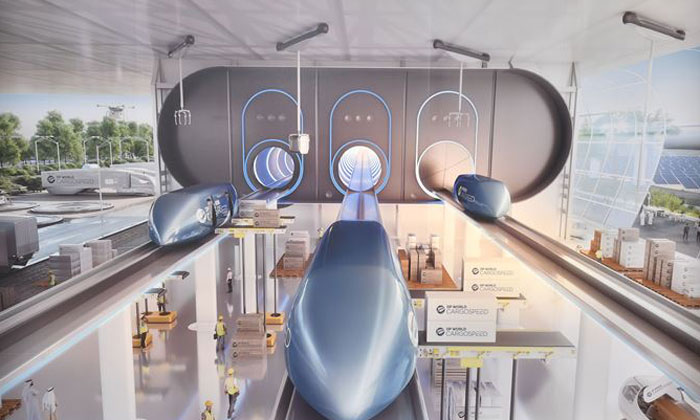
Challenges and Considerations:
Despite its promising future, the Hyperloop faces challenges that must be overcome for widespread adoption. Regulatory frameworks need to be established, safety standards refined, and public acceptance ensured. The cost of infrastructure development, including the construction of low-pressure tubes, remains a significant hurdle. Addressing these challenges requires collaboration between governments, private sectors, and research institutions.
Conclusion:
The Hyperloop represents a bold vision for the future of transportation, promising to reshape our understanding of distance and time. While challenges remain, the potential benefits, including speed, efficiency, and sustainability, make the Hyperloop a captivating prospect. As research and development efforts continue, the realization of the Hyperloop could mark a transformative moment in the history of transportation.

See another GREAT article:
https://www.bulbapp.io/p/b474e859-d8ac-4222-bc12-e9058338f1f1/if-carbon-capture-and-storage-is-a-waste-of-time-or-not-?s_id=ad4dd5ad-8188-43a6-8f50-48be646f0593

